
streams

streams

streams

streams

streams

streams

streams

streams

streams

streams
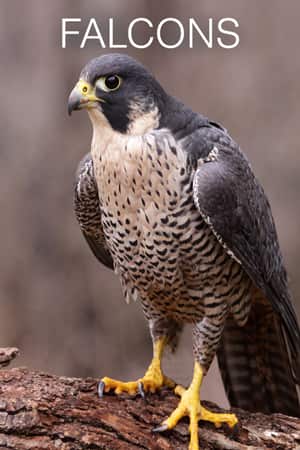
streams
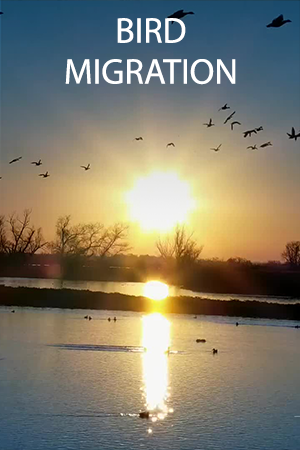
streams
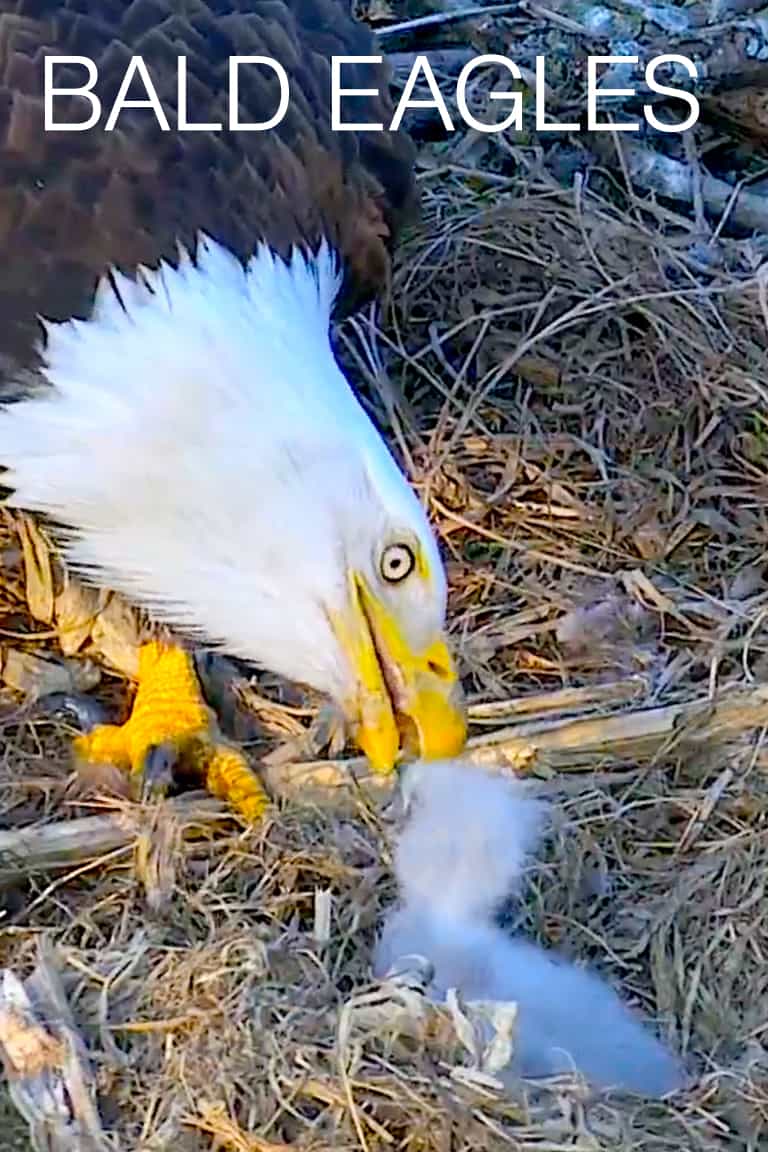
streams

streams

streams
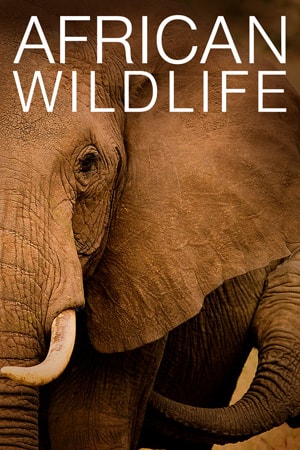
streams

streams

streams

streams
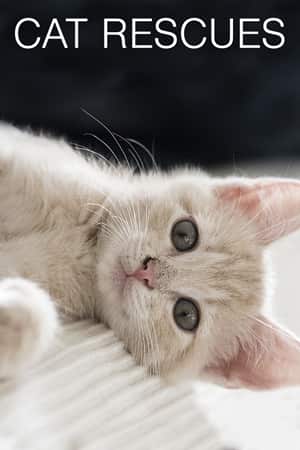
streams

streams

streams
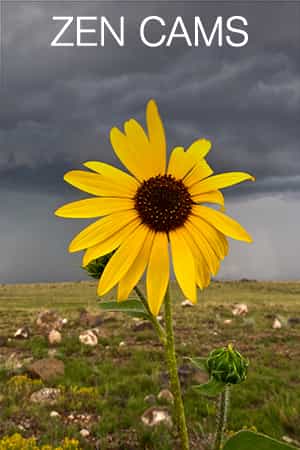
streams
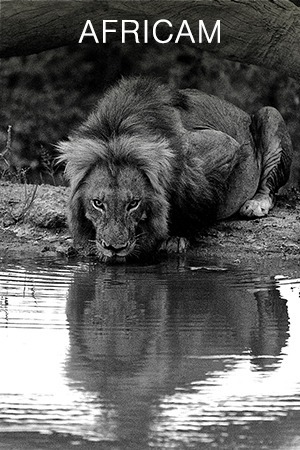
streams
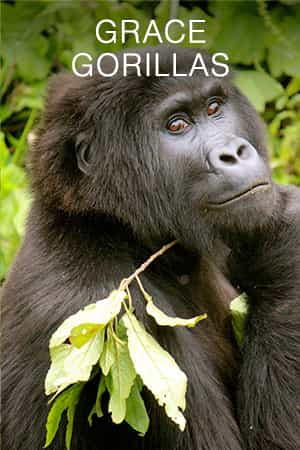
streams

streams

streams

streams

streams

streams
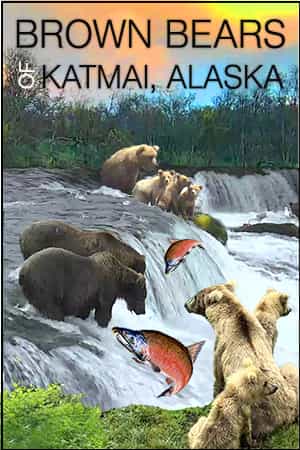
streams

streams

streams

streams
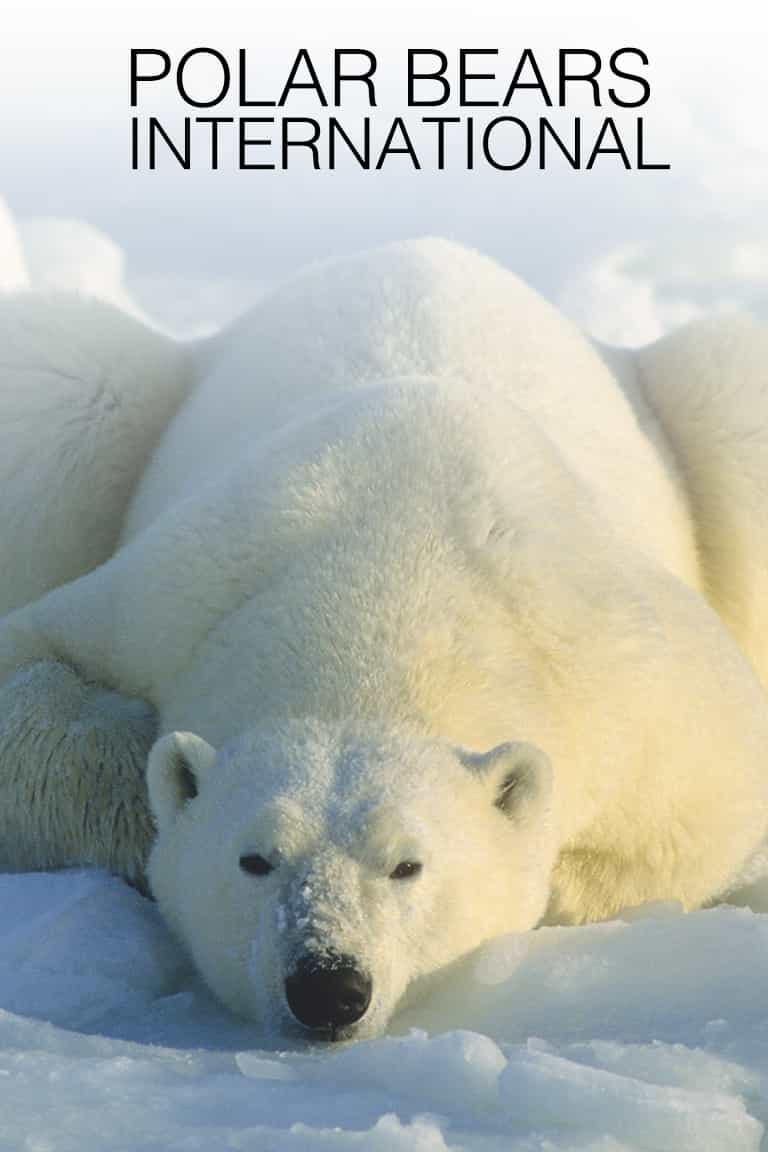
streams

streams
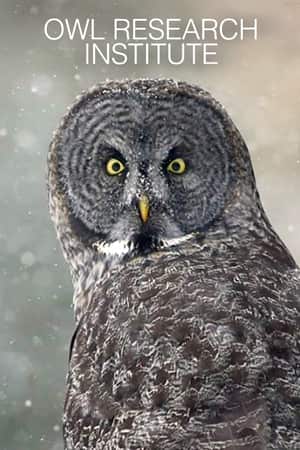
streams

streams

streams

streams
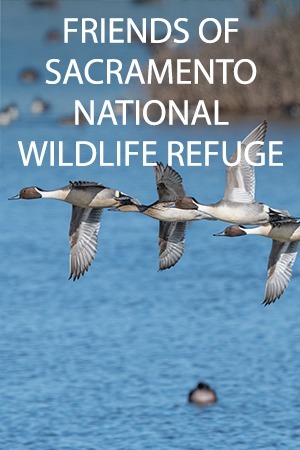
streams
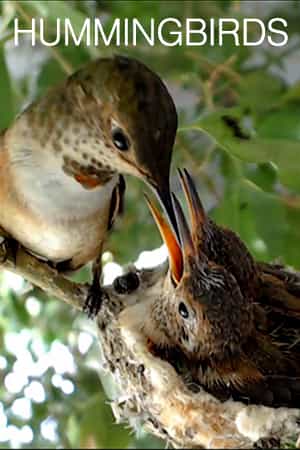
streams

streams
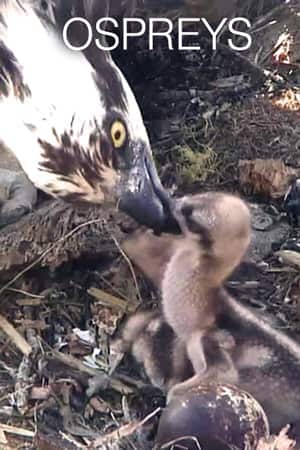
streams

streams
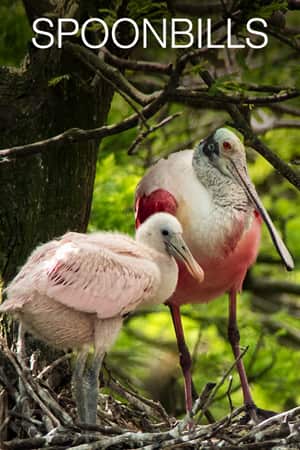
streams

streams

streams
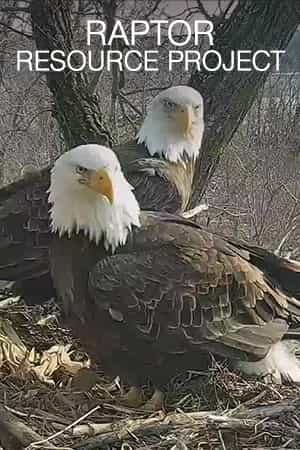
streams
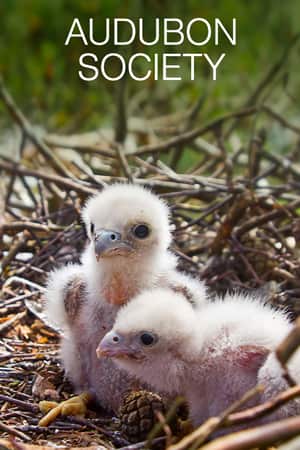
streams
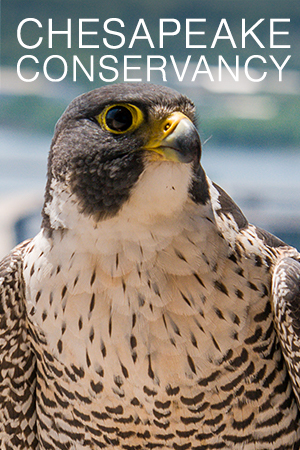
streams
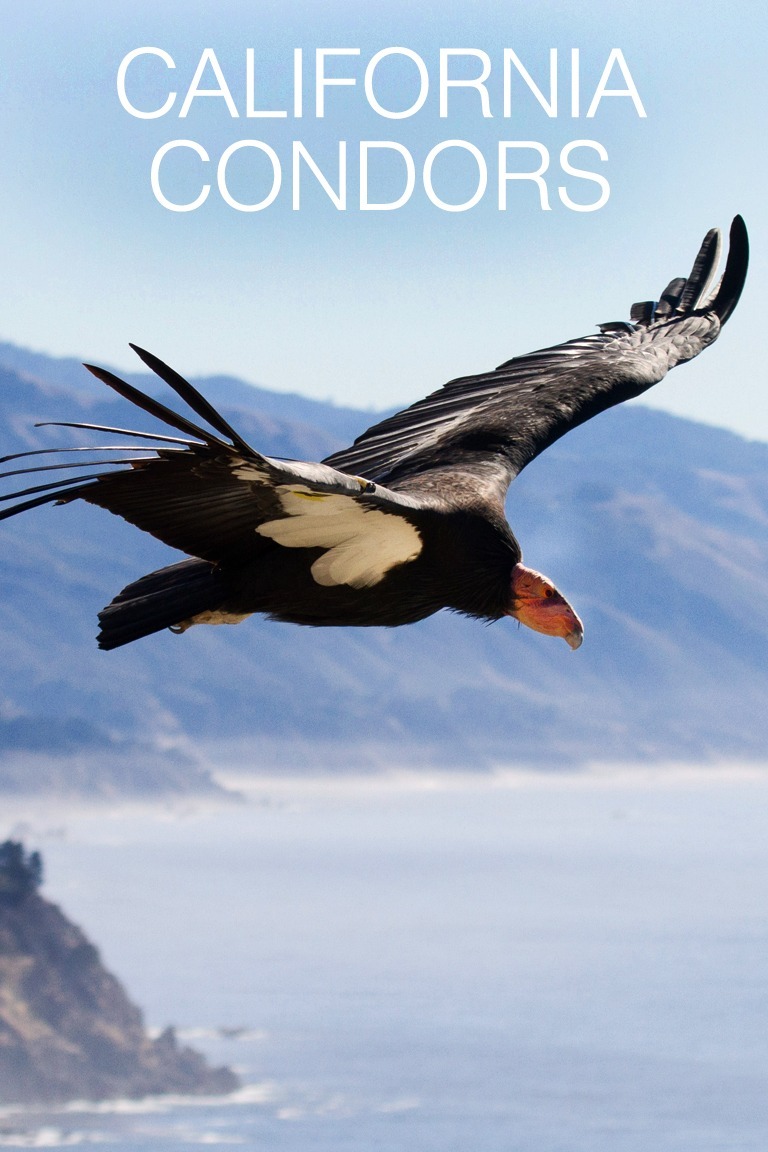
streams
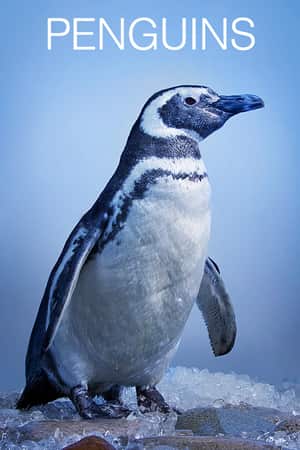
streams

streams

streams
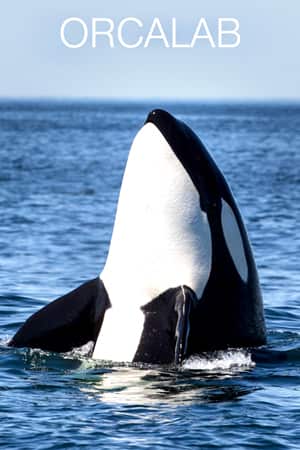
streams

streams

streams

streams

streams

streams
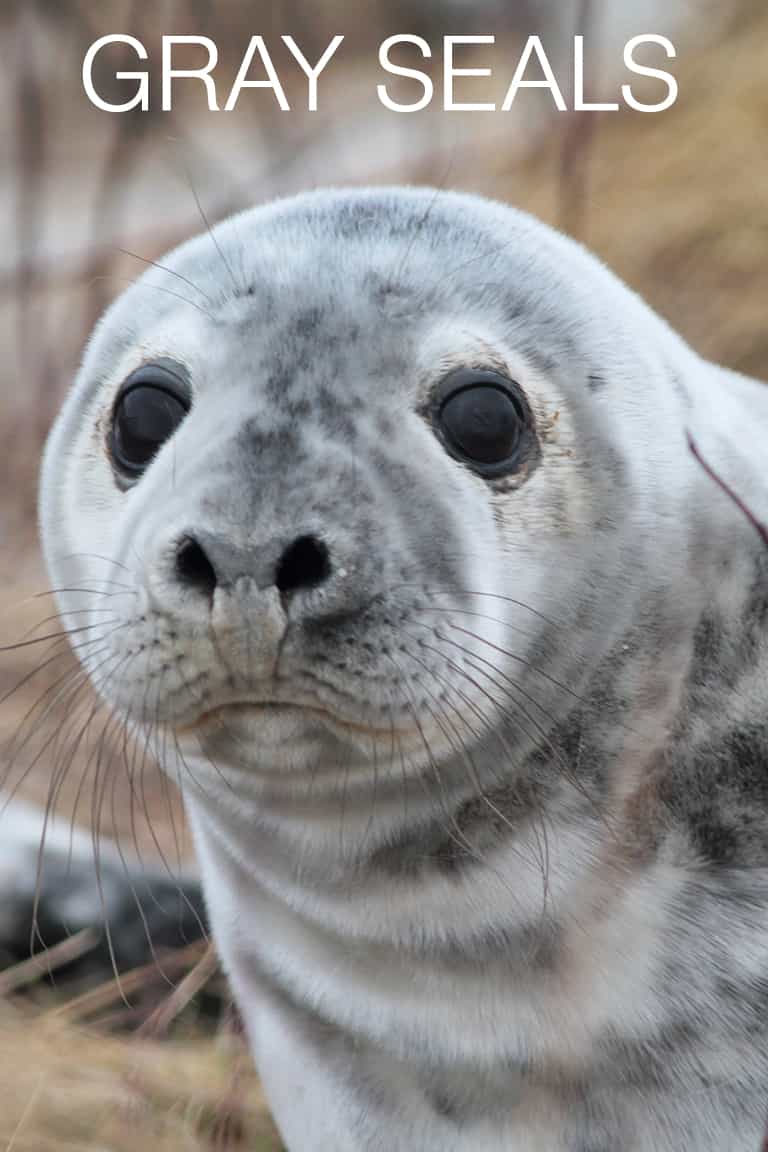
streams
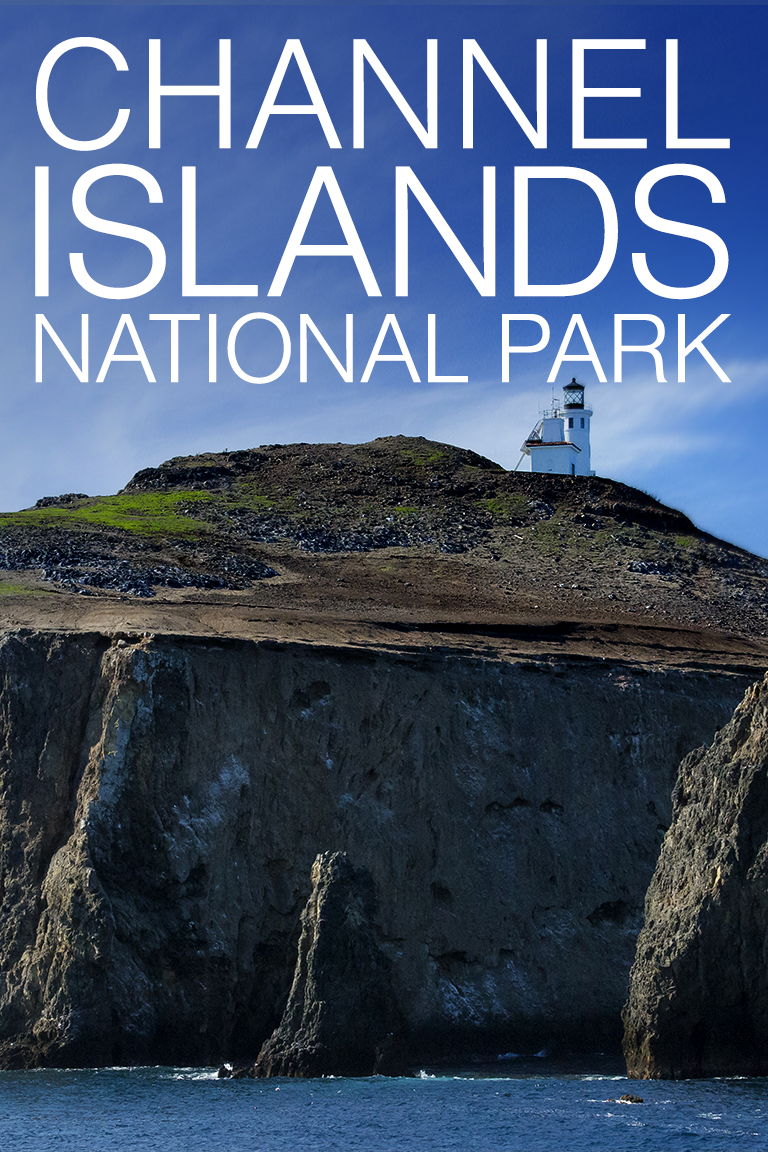
streams
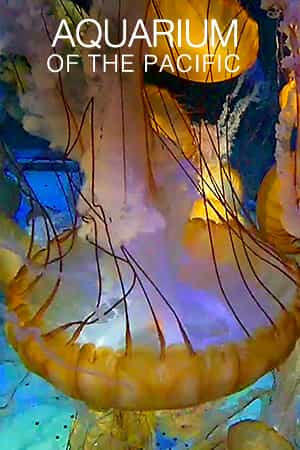
streams

streams
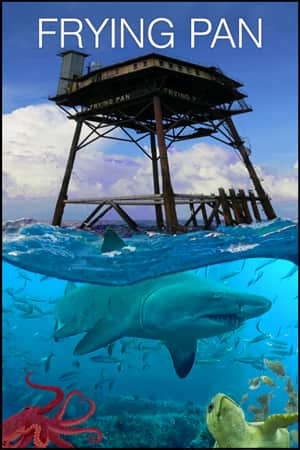
streams

streams
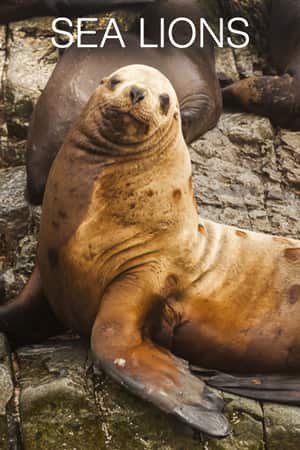
streams
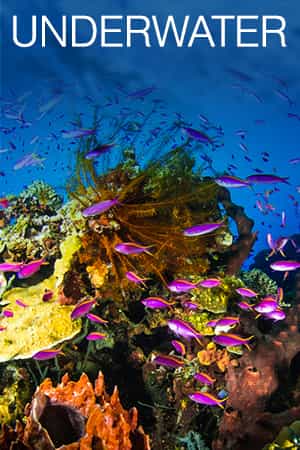
streams

streams
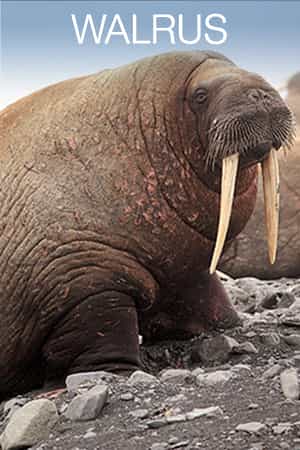
streams

streams

streams
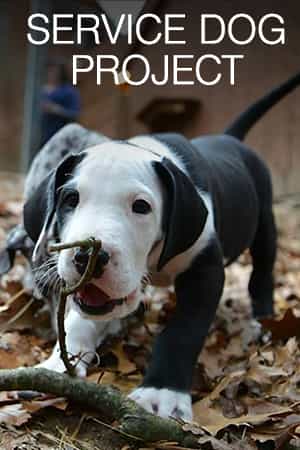
streams
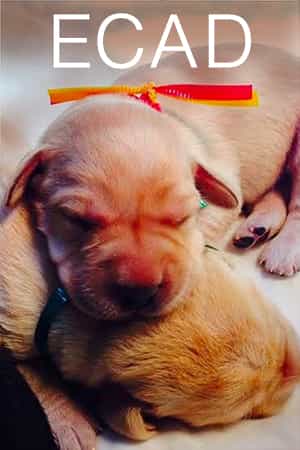
streams

streams

streams

streams

streams

streams
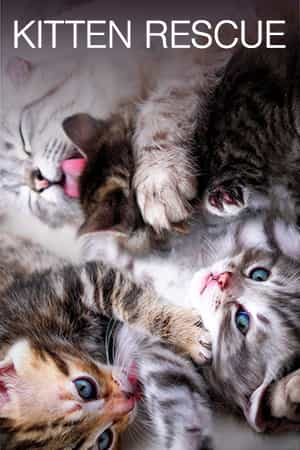
streams
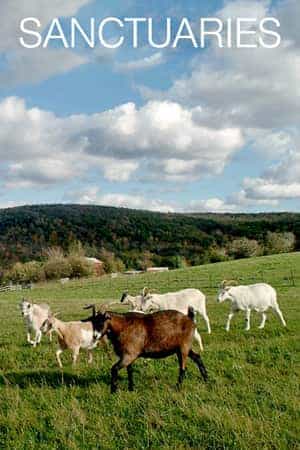
streams

streams

streams
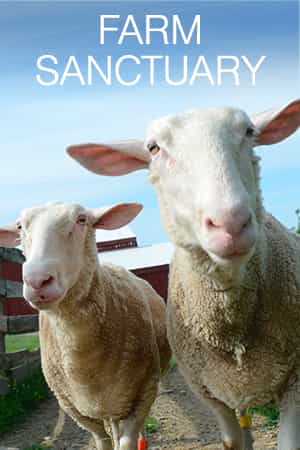
streams

streams

streams

streams
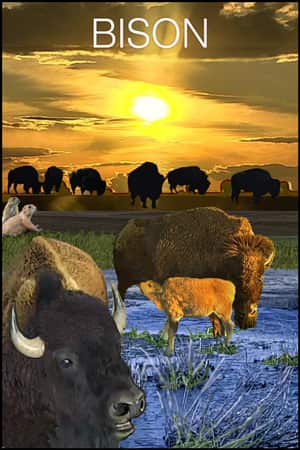
streams
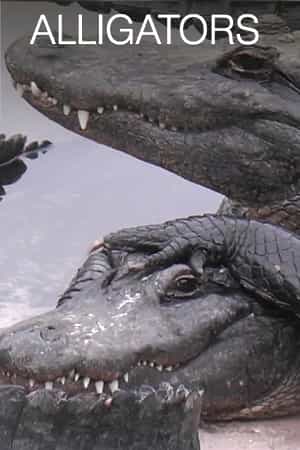
streams
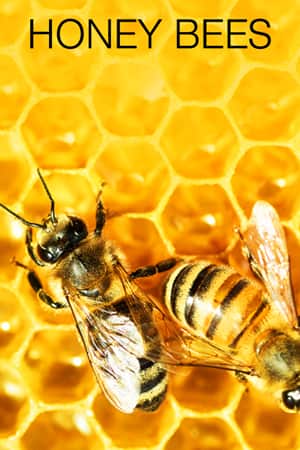
streams

streams

streams

streams

streams

streams

streams

streams

streams

streams

streams

streams

streams

streams

streams

streams

streams

streams

streams
African Animals - Watering Hole
Laikipia County, Kenya(ctrl+alt+s)
- Favorite Cam
Information
Welcome to the watering hole at Mpala Research Centre in the highlands of central Kenya! Watch elephants, hippos, giraffes, Grevy's zebras, gazelles, crocodiles, leopards and many other species take a drink (or a quick dip).
All Day
February 2014
Kenya
Weather
- Prime Viewing
Partner
The Mpala Research Centre (MRC) receives hundreds of students, educators, and scientists from around the globe each year, conducting research on everything from parasites to elephants. The unique set up of Mpala allows for researchers to use the land as a ‘living laboratory’ in which to conduct experiments and answer pressing questions on conservation and wildlife.
Mpala is also strongly committed to using this research to benefit the surrounding communities, the nation of Kenya, and global conservation efforts as a whole. Mpala hosts multiple educational outreach programs in order to tackle issues of human-wildlife conflict and thus ensure that both conservation and human-livelihood goals are met.
Calendar
Blog
Q & A
Welcome to the watering hole at Mpala Research Centre in the highlands of central Kenya! Watch this live cam in Africa to see many different species take a drink (or a quick dip!). For different perspectives, check out our animal lookout cam, river cam and safari cam.
Where is this watering hole located?
This watering hole is at the Mpala Research Centre in Kenya's Laikipia County. Mpala is a 48,000-acre (about 77 square miles) mix of cattle ranches and wild lands, making it a "living laboratory," where scientists and researchers come from all over the world to study Africa's iconic wildlife.
What animals are featured on the watering hole cam?
A lot! This watering hole isn't called the "hippo pool" for no reason; a resident pod of hippos are often seen sunning themselves on the banks of the river or wallowing in the refreshing water. But they aren't the only ones! You'll also see Grevy's zebras, gazelles, crocodiles, leopards, and many other species.
How big are hippos?
These massive herbivores weigh between 2,100 and 4,4000 pounds and can measure up to 14 feet from head to rump. And while they are certainly not short, hippos aren't nearly as tall as elephants; males usually stand from 4-5.5 feet while females can be up to 5 feet tall. By contrast, elephants are often upwards of 8 feet tall!
Where did the name "hippopotamuses" come from?
In Greek, "hippopotamus" means "river horse," which makes sense--hippos can spend up to 16 hours a day in the water, often sleeping while they are half-submerged. For an animal that spends so much time in the water, you might be surprised to learn that hippos can't swim or float! They actually are walking on the floor of the riverbed or watering hole. When the water gets deep and the hippos are completely submerged, they will push off the bottom with their feet and reemerge on the surface.
What do hippos do when they're not in the water?
During the day, you'll generally find hippos either in the water or sunning themselves on the adjoining beach. You might notice that the hippos on land are covered with an oily, reddish film. Don't worry, it's not blood--hippos secrete this substance when they're in the sun; it keeps the skin moist and provides protection against the sun.
At night, hippos will travel together on land (sometimes 6 miles away) to graze! One hippo will consume about 80 pounds of grass in a night; while that may seem like a lot, it's actually pretty low when compared to how large these animals are.
Are hippos dangerous?
Hippos have a reputation of being more dangerous to humans than some carnivores, but people and hippos can generally coexist peacefully. However, people have been known to hunt hippos for their skin, meat, and to prevent them from ruining their crops. Hippos will attack, and often kill, people who disturb them while they are resting or who get between a female hippo and her calf.
People are the only real threat to hippos; their large size coupled with their affinity for water make them unlikely targets for terrestrial predators, though a pride of lions will occasionally attack and kill an adult hippo. Crocodiles have been known to prey on hippo calves, but adult hippos do not appear to regard crocodiles as a threat.
Learn more about hippos and the other animals you see on this camera!

